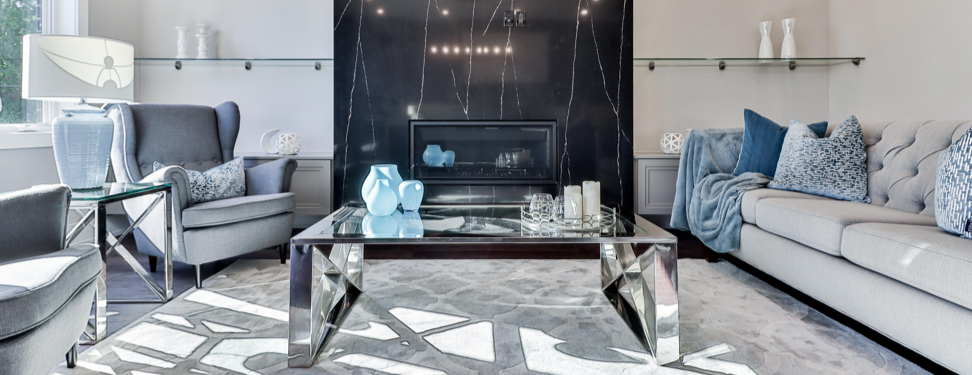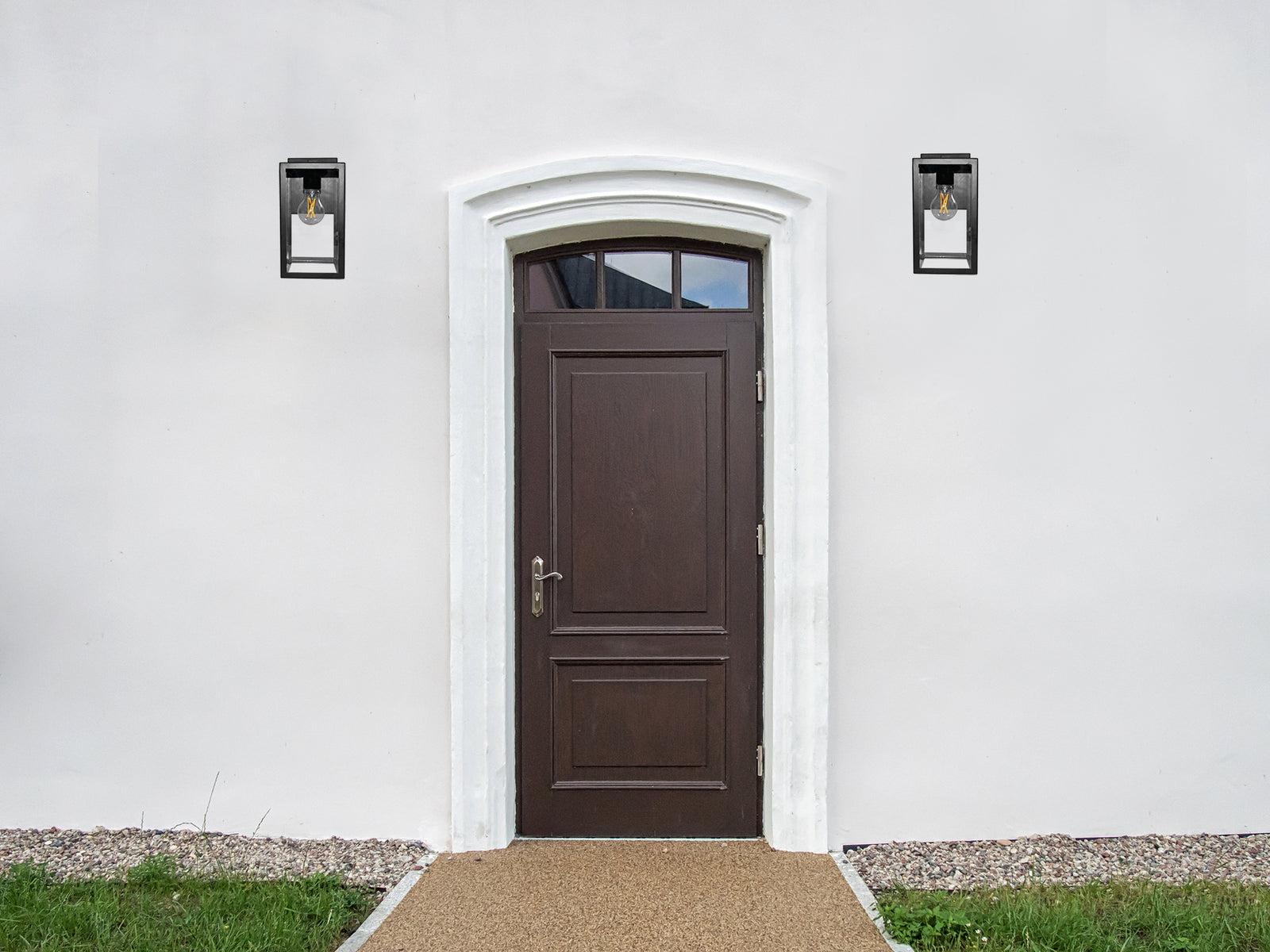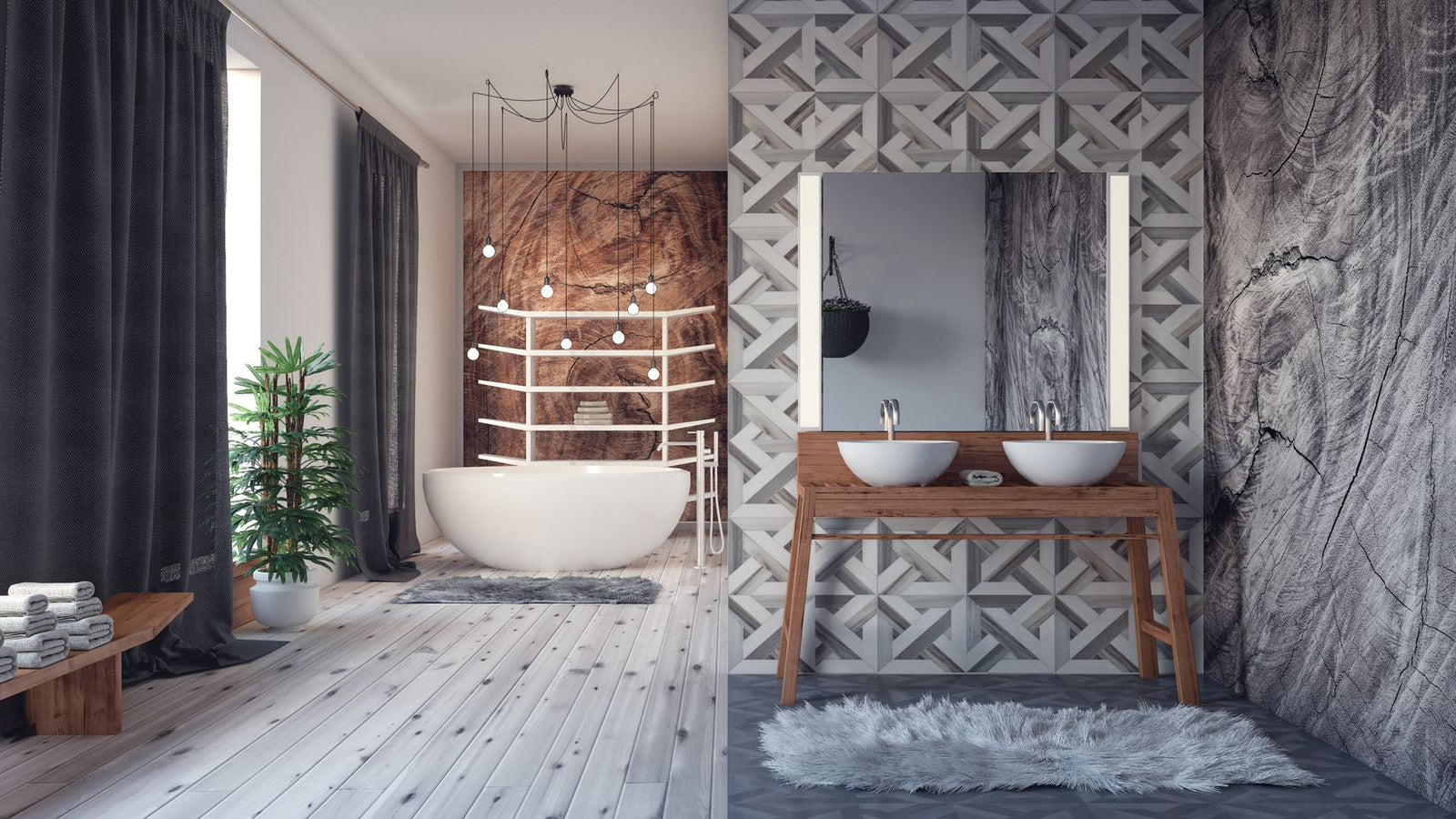In every day language, modern is often considered synonymous with contemporary. However in the design world, these two terms are not to be confused. Understanding these differences will make planning for the interior design in your home so much easier.
Modern design alludes to an era that has already past—it almost acts like a prelude to contemporary design. More specifically, modern design takes inspiration from the period from the 1920s to the 1970s. The most popular subcategory of modern design is mid-century modern, which takes influence from the 1950s and 1960s.

The modern style features a minimalist look with bold lines. There is no ornate detailing on furniture or elegant wall trim. Because the decor and furniture is usually minimalistic, modern homes have an open space feel. A key aspect of modern design that helps distinguish it from contemporary is earthy color pallettes. Earthy pallettes include colors like olive green, rust, browns and tans and materials like wood, leather, and stone. Exposed brick and wooden beams are used often. Many popular modern designed dining chairs are made with acrylic or molded plastic. Furniture often has a retro look to it. Modern design highlights symmetry and simple shapes.
Contemporary is all about now and the future. So, unlike modern which is tied to a specific time period, contemporary is constantly evolving to match with the current time. Since the style is always changing, this makes the definition of it harder to pin down. Currently, contemporary design features lighter and cooler tones, so blues and whites are popular. Contemporary stays more with neutral colors like tans and whites. If color is used, it is usually the pure saturated version of the color. Like modern design, contemporary's signature look features open spaces and crisp lines.

Contemporary design favors sustainable and updated materials and finishes like nickel, steel, and chrome, combined with more natural materials like hemp or jute and features large windows. The general silhouettes stray away from the more cubic structure of modern design and lean into more cutting edge shapes.
The main differences between the two design styles is contemporary focuses on current trends whereas modern exudes a grounded nature from its warm neutral color pallette, natural materials, and wood tones. Both spaces emanate crisp comfort with their minimalist looks.




